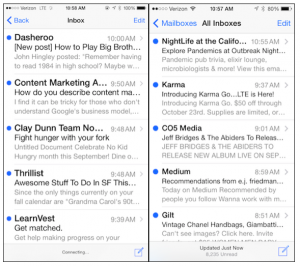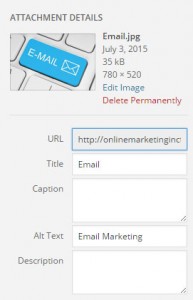
Video drives brand engagement and conversion and is a key part of any digital marketing strategy. However, in most cases, organizations find it challenging to deliver optimal video experiences to mobile devices, or are not delivering video at all to their mobile sites and apps. Yet, according to the most recent Adobe Digital Index video report, over 50 percent of all video views will be on mobile by the end of 2016. Marketers cannot afford to ignore the mobile-first customer base.

Additionally, the introduction of the larger-screen iPhones and other smartphone devices has brought a new mobile behavior; consumers are now spending more time per video view and watching more video to completion on large-screen smartphones than they were on small-screen smartphones. That being said, viewers still watch more of a video and watch more videos to completion on desktops. So although video views on mobile are growing, you still need to offer complete coverage for all devices.
Here’s a bit of advice on how to maximize your video views and engagement by delivering the widest range of optimized video players and mobile experiences to reach your customers no matter what device, screen size, or bandwidth they have access to.
- Design once and ensure the broadest reach with a universal video player
The diversity of mobile browser technology creates new challenges around the design of the video player. Many organizations have adopted HTML5 as a standard across their mobile and responsive sites. By leveraging auniversal video player that auto-detects the platform and plays the video in HTML5 or Flash, depending on what will offer the best experience to the customer, you can take advantage of the benefits of easily designing in HTML5, and also reach desktop customers where Flash streaming is still preferred, thereby optimizing the video playback regardless of the device.
- Use real-time, adaptive streaming to optimize playback in all bandwidth situations
Now, more than ever, it is important to avoid the trap of one-size-fits-all video viewing. It might be tempting to offer a few sizes and let the user or page logic choose the quality. However, this can have a negative impact on the experience for a couple of reasons. First, it is becoming more and more difficult to guess what choices of size to offer. Second, if the user chooses the quality, they may not know the correct choice, or network conditions might be slower in their area at that time.
Instead, adaptive streaming makes it possible to continually auto-detect the playback conditions. You can detect and take advantage of that large-screen smartphone if that is what they are using. But what if they are roaming and the conditions change? With adaptive streaming the video is broken into segments and the network conditions are continually monitored. The server can dynamically change the quality during playback to respond to varying network speeds.
Leading marketing platforms also offer built-in encoding profiles with best practices for encoding according to the detected conditions. Marketers can also create custom profiles to meet their specific requirements.
- Tie engagement analytics to each video to leverage insights for future campaigns
You’re using a universal video player, and your videos are being streamed optimally. Are you closing the loop by monitoring video analytics, such as video views, playback time, and drop-off, across devices? How are videos helping improve your conversion and engagement metrics? Organizations can use key insight from video playback analytics, such as the exact point in the video in which viewers tend to drop, to help make improvements in the videos they create and distribute. They can also offer video targeted to the device, shortening the video length for mobile for instance, and cutting to key messages earlier in the video.
Now is the time to start offering optimized video experiences to any device your customer uses to engage with your brand.
(198)






